Buddhist Priest's Mantle (Kesa)
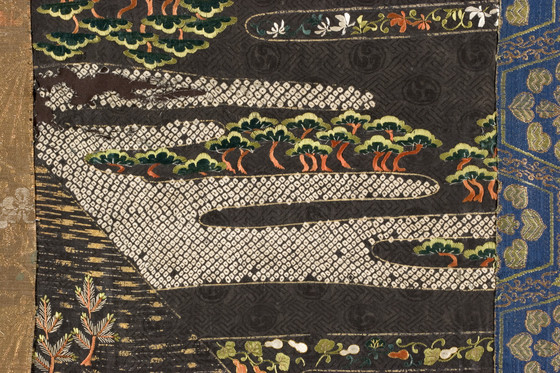
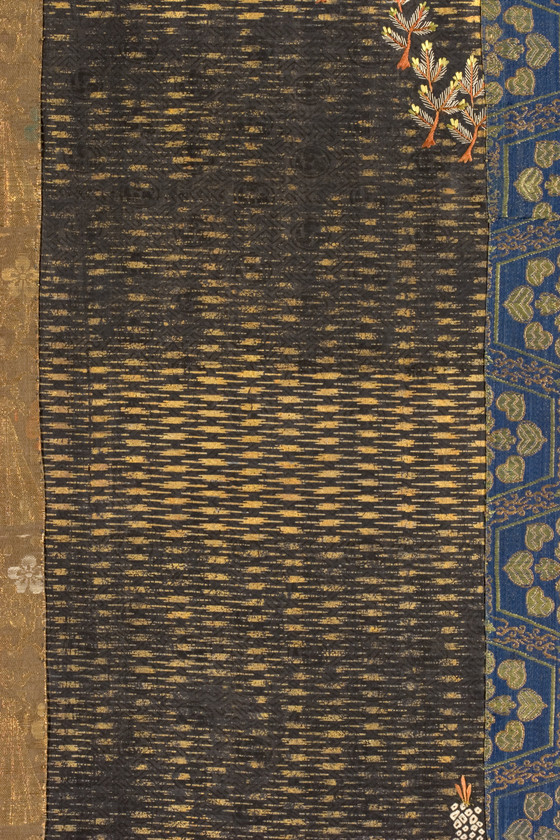
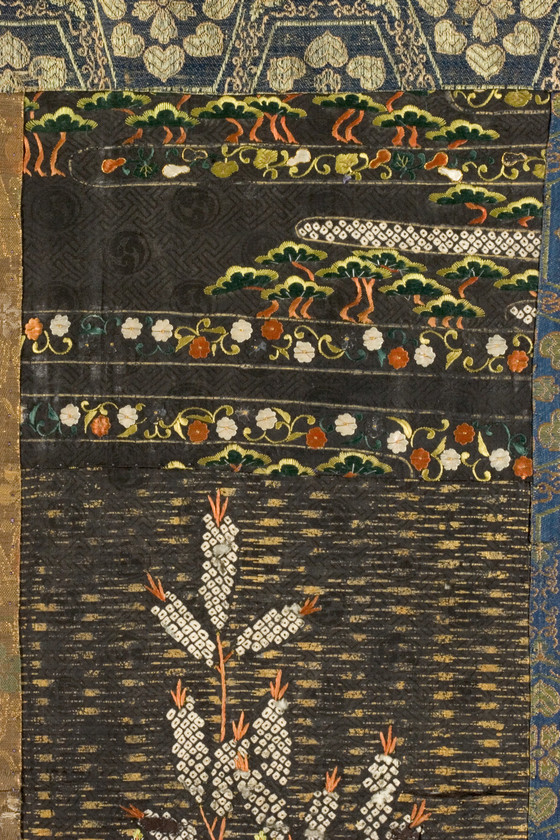


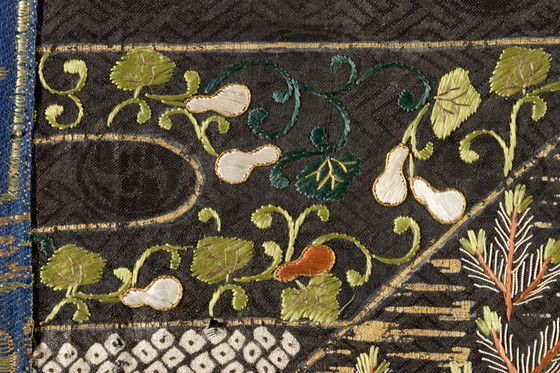
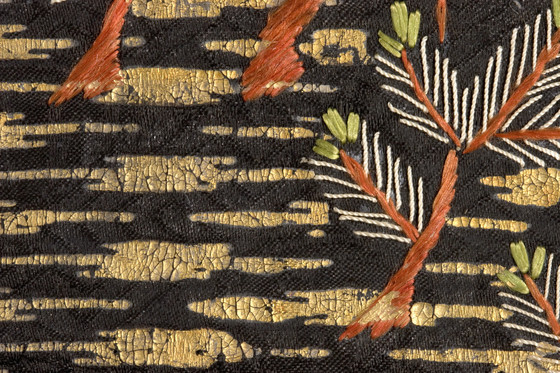
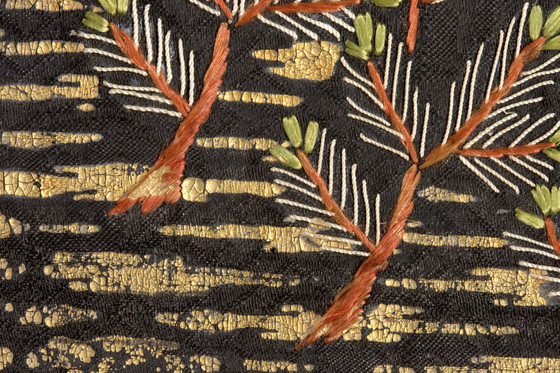
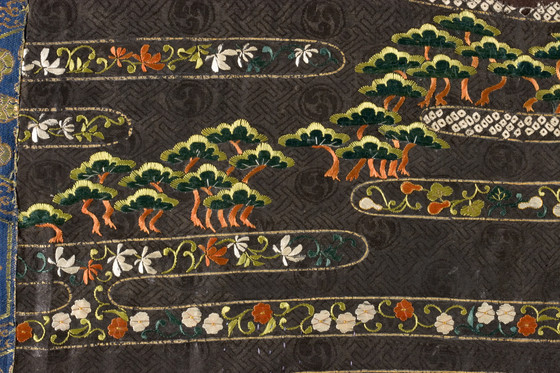
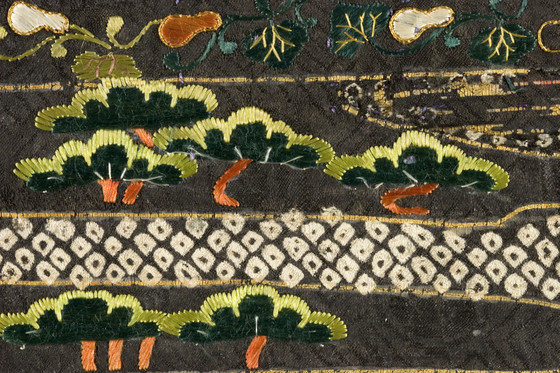

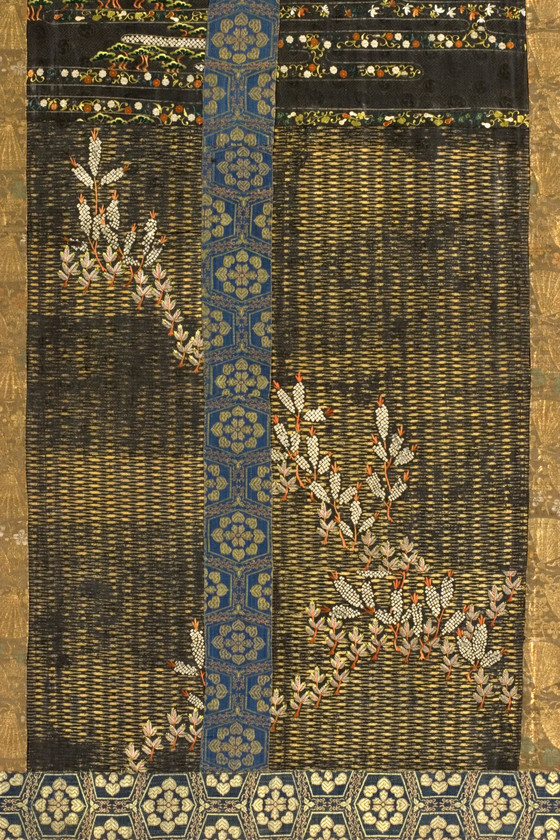


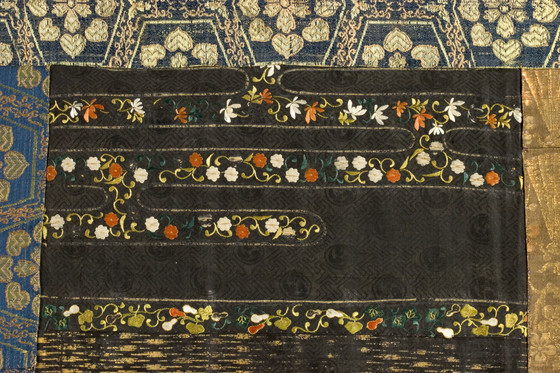
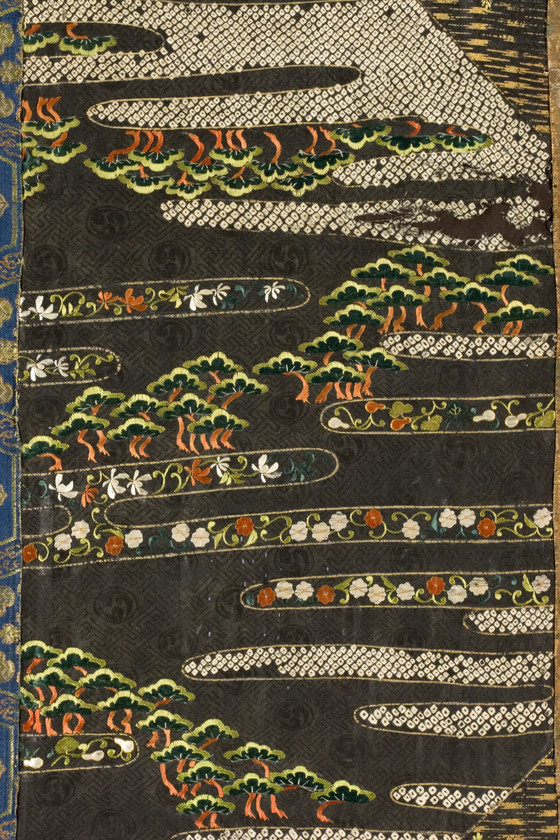
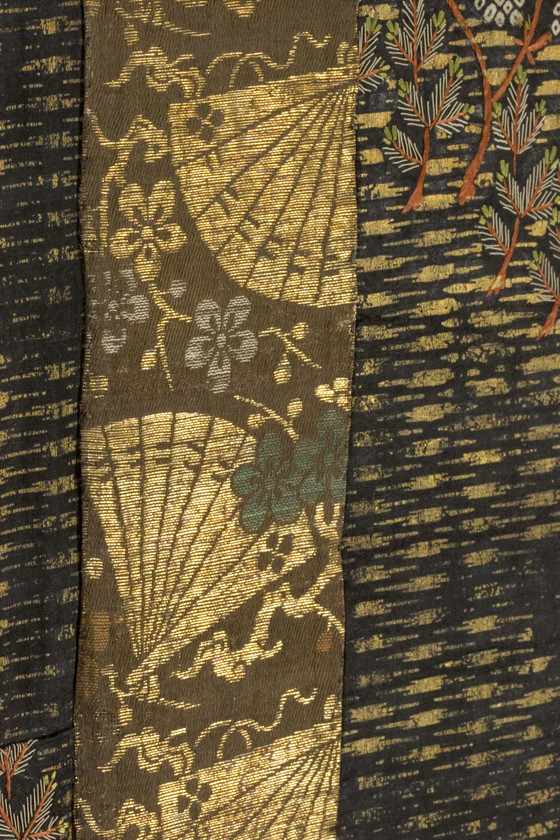
Please log in to add this item to your gallery.
View comments
No comments have been posted yet.
Add a comment
Please log in to add comments.
Please log in to add tags.
* Nearly 20,000 images of artworks the museum believes to be in the public domain are available to download on this site.
Other images may be protected by copyright and other intellectual property rights.
By using any of these images you agree to LACMA's Terms of Use.
Buddhist Priest's Mantle (Kesa)
Japan, early Edo period, 17th century
Costumes; !Primary
Silk figured satin (rinzu) with tie-dye (kanako shibori), silk- and gilt -paper wrapped silk-thread embroidery, and gold leaf (surihaku); silk twill with gilt-paper thread supplementary weft patterning trim
Textile: 44 1/2 × 91 in. (113.03 × 231.14 cm)
Cover: 62 × 112 × 3 5/8 in. (157.48 × 284.48 × 9.21 cm)
Purchased with funds provided by David G. Booth and Suzanne Deal Booth, and Camilla Chandler Frost through the 2006 Collectors Committee (M.2006.46)
Not currently on public view


